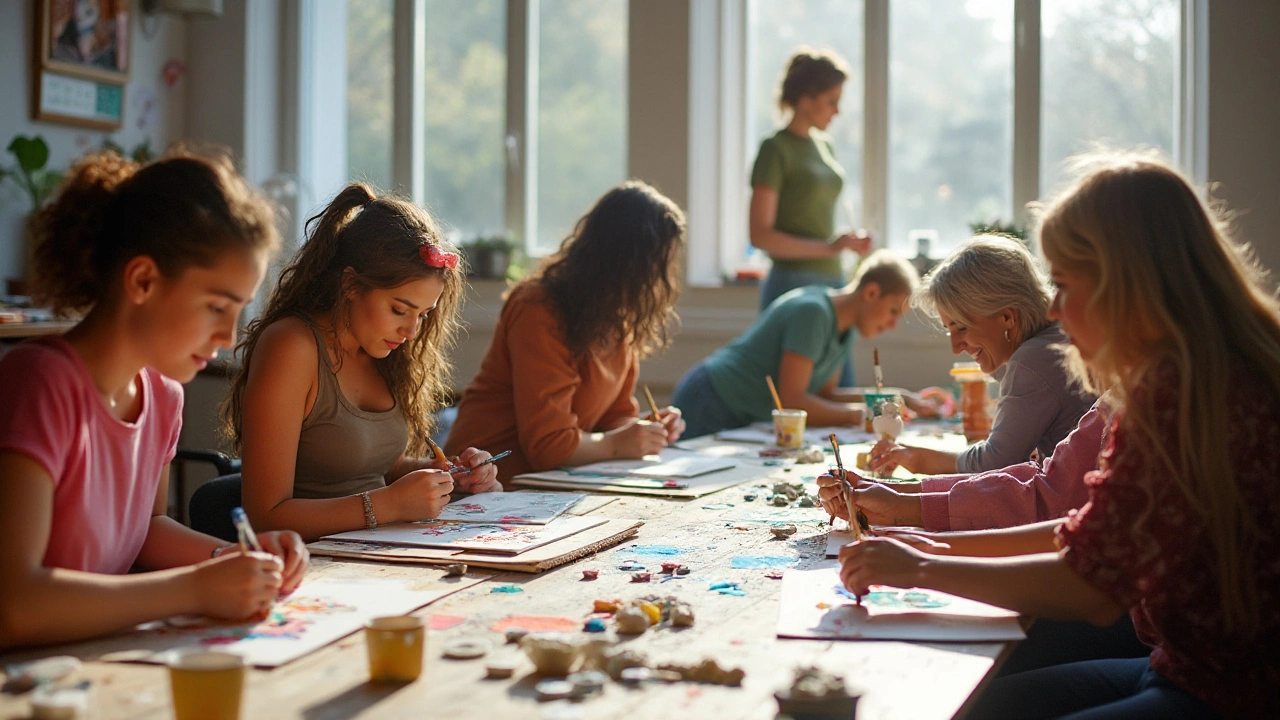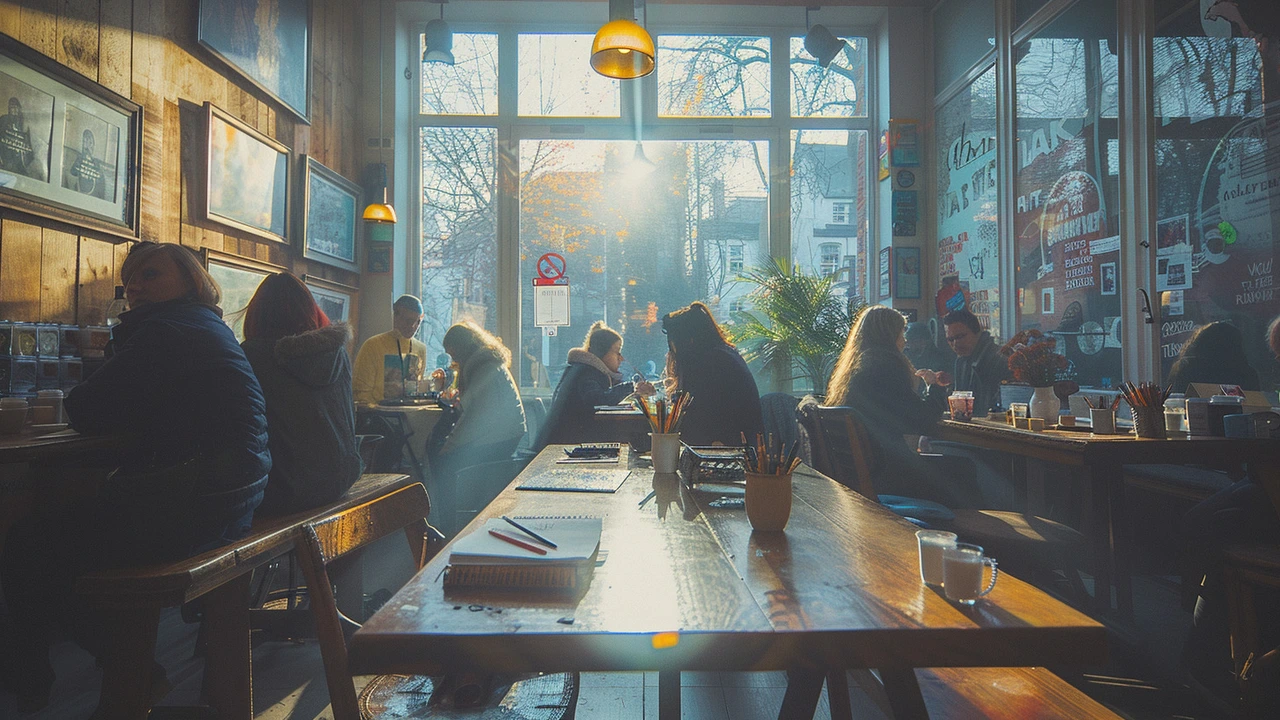What if painting or dancing could be a real way to fight stress? Arts therapies do exactly that. They use art, music, movement, and drama to help people handle emotions, improve mood, and rebuild confidence. You don't need to be an artist to get results—these methods focus on process, not perfection.
Arts therapies give you another language for tough feelings. When words fail, a drawing, a song, or a movement can show what’s inside. Therapists trained in art, music, or dance guide the activity and help you make sense of what comes up. That guidance turns a creative act into a tool for calm, insight, and change.
Different forms do different things. Art therapy helps people see patterns and memories on paper. Music therapy uses rhythm and melody to shift mood and lower anxiety. Dance or movement therapy reconnects you with your body, easing tension and improving energy. Drama therapy lets you try out new responses in a safe setting.
You can start at home with small, clear steps. Pick one short prompt and spend 10–20 minutes on it. Try these: sketch how your day felt, make a two-minute playlist that matches your mood, improvise a short movement to shake off tension, or invent a 60-second scene about a safe place. No rules, no judging—just notice what happens.
Keep it practical. Use cheap supplies: pencils, markers, your phone for recording, or a quiet corner to move. Set a timer so it feels doable. Afterward, ask one simple question: "What did I notice?" That reflection is where change begins.
If you want more structure, look for a licensed arts therapist. They can create exercises that match what you need—stress relief, trauma work, rebuilding social skills, or managing chronic pain. Sessions often combine creative work with talk. If you have specific health needs, tell the therapist so they can adapt the work safely.
Wondering if arts therapies really work? Clinical settings use them for anxiety, depression, and PTSD with good results. Hospitals and rehab centers often add music or art into treatment plans because patients respond well. Even short, regular creative sessions can lower stress hormones and boost mood.
Want ideas from around the site? Check the piece "Creative Arts Therapies: The Secret Weapon Against Stress" for practical exercises and real examples. You might also like articles on creativity and mental health or simple mindfulness practices that pair well with creative work.
Ready to try? Start small, keep it safe, and notice the change. Creativity can be a practical, powerful part of feeling better—no talent required.

Arts therapies provide powerful ways to enhance self-expression and foster creativity. From visual arts to dance, these therapies help individuals explore their inner world. This article delves into their benefits, interesting practices, and tips to incorporate creative activities into daily life.
Read More
Arts therapies harness the power of creativity to promote mental health and emotional well-being. This article explores various forms of arts therapies, their impact on different populations, and practical tips for integrating them into daily life. Discover how creative practices can bring balance and healing.
Read More